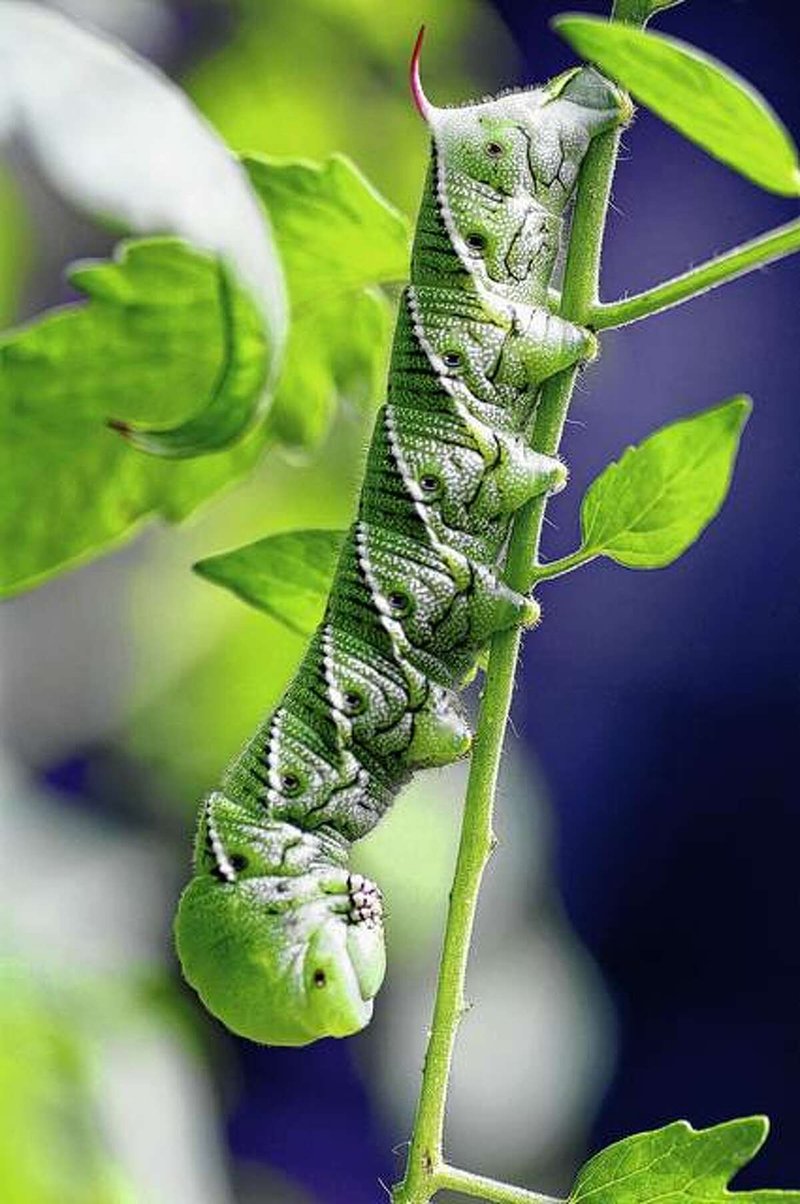
Using a garden journal to monitor hornworms is more than just scribbling down notes; it’s about creating a clear picture of what’s happening in your garden throughout the growing season. This kind of systematic tracking can be the difference between a thriving garden and a devastated one. Brands like Gardeners Supply offer tools and journals explicitly designed for this purpose, making it easier to stay organized. But how do you get started? Let’s dig into the details.
What Are Hornworms and Why Should You Monitor Them?
Hornworms are the larval stage of hawk moths, and they can cause serious damage to your tomato and pepper plants. These green caterpillars can easily blend in with your foliage, making them tough to spot until it’s too late. Left unchecked, they can munch their way through leaves and even stems, which can lead to lower yields.
So, why should you monitor them? Here’s the thing: vigilance is your best friend in gardening. By keeping a close eye on hornworm activity, you can catch infestations early. This helps protect your plants and boosts your chances of harvesting a bountiful crop. Plus, monitoring also gives you great insights into pest cycles, which can inform your gardening practices for future seasons.
Monitoring hornworms isn’t just a chore—it can be a fun and educational experience! Each observation you make can teach you something about your garden ecosystem, which can deepen your appreciation for gardening as a whole.
How to Start a Garden Journal for Monitoring Hornworms
Getting started with a garden journal is simple. You don’t need anything fancy—a notebook and a pen will do. However, if you’d like to take it up a notch, consider using a bullet journal or an app designed for gardening. Either way, make sure you include sections specifically for tracking hornworm activity.
Here are some tips for setting it up:
- Date: Record when you first notice hornworms in your garden.
- Location: Note where in your garden they are spotted—certain areas might be more prone to infestations.
- Weather Conditions: Keep track of temperature, humidity, and rainfall, as these factors can influence pest behavior.
- Control Measures: Write down any actions you take, like handpicking, using insecticidal soap, or introducing beneficial insects, like parasitic wasps.
- Outcomes: Record the results of your interventions to see what works best for you.
By keeping organized notes, you’ll create a valuable resource that you can refer back to year after year.
Essential Observations to Make in Your Garden Journal
When tracking hornworms, it’s important to look for specific signs. Here are some essential observations to consider:
1. **Presence of Hornworms:** Document when you spot them. A good practice is to do this during your regular garden checks—perhaps once or twice a week.
2. **Damage Assessment:** Record any damage you see on your plants. Make note of the number of leaves eaten or stems affected. This can help you gauge how bad an infestation might be.
3. **Natural Predators:** Pay attention to any predators in the area, such as birds or beneficial insects. Documenting their presence can help you understand whether you can rely on nature to help control the hornworm population.
4. **Life Cycle Stages:** If you’re particularly observant, you may even see different stages of the hornworm’s life cycle. Record when they first appear and if you notice them pupating into moths. This can help predict future outbreaks.
Ultimately, these observations will help inform your gardening strategy.
Tracking Weather and Its Impact on Hornworm Activity
Weather plays a crucial role in pest behavior, including hornworms. By keeping an eye on weather patterns in your journal, you can make connections between certain conditions and hornworm activity.
For example, warm temperatures can promote faster hornworm growth. Heavy rainfall might wash away their eggs, reducing future infestations. Conversely, dry spells can stress plants, which may lead to increased hornworm feeding as they search for nutrients.
It’s useful to record:
- Daily temperatures and rainfall.
- Any noticeable changes in hornworm behavior during different weather events.
- Specific weather conditions when hornworm populations appear to spike.
By linking weather patterns to hornworm activity, you’ll better predict when to be on alert and when to take action.
Using Garden Journals for Pest Control Strategies
Monitoring hornworms isn’t just about documenting their presence; it’s also about developing effective control strategies. Your garden journal can serve as a blueprint for testing various methods and seeing what works best for you.
You might experiment with different control methods, and documenting them can provide insight into their effectiveness. Some common strategies are:
- Handpicking: Check the undersides of leaves and handpick any hornworms you find.
- Beneficial Insects: Introduce creatures like ladybugs or lacewings that will prey on hornworms.
- Natural Sprays: Use homemade solutions like neem oil or insecticidal soap to deter hornworms.
- Crop Rotation: Change where you plant your tomatoes and peppers each year to disrupt the hornworm life cycle.
By meticulously recording each control attempt, you can evaluate which methods yield the best results.
Reviewing Your Garden Journal for Insights and Improvements
At the end of the growing season, it’s time to review your journal. Look back at your notes and observations to see what patterns emerge. Did hornworms show up at specific times? Were certain plants more affected than others?
Analyzing this data can be enlightening. You might find that planting tomatoes earlier in the season leads to fewer pest problems or that certain weather conditions heavily influence hornworm populations.
Use these insights to adjust your gardening practices for next year. Maybe you’ll decide to plant varieties known to be more resistant to hornworms, or perhaps you’ll tweak your pest control methods based on what worked best.
The more you learn about your garden’s unique ecosystem, the better equipped you’ll be to handle challenges in the future.
Final Thoughts on Monitoring Hornworms with Garden Journals
Monitoring hornworms through garden journaling isn’t just a helpful technique; it’s a journey of discovery. By documenting your experiences, you can transform gardening from a simple hobby into a rich learning experience.
As you track these pests, you’ll gain insights that not only protect your plants but can also deepen your connection with nature. So grab that notebook, start writing down your observations, and get ready to become a proactive guardian of your garden! Happy gardening!

